Compression socks, compression sleeves, or running socks? Ankle socks, crew socks, or knee-high or below-the-knee socks? Do these sentences make you dizzy while shopping for a new pair of compression socks? Are you asking yourself what the difference is and if it matters while you shop and browse our inventory?
Take a deep, calming breath! We're here to help!
Compression socks, regardless of the length, help improve circulation. They keep the blood flowing back towards the heart by applying tightness around your feet and gradually decreasing pressure as the sock moves up your leg. While compression socks benefit everyone, you may not need or enjoy one style. How do you know which type or length you'll like? And what do the styles mean?
It's also important to note that different brands may use varying terms for sock lengths, which can be confusing. Understanding these naming conventions can help you select the correct style for your needs. Let's break it down so you can find the perfect pair.
Ankle Length
Sometimes confused with invisible length because they are shortcuts, ankle socks generally come up to just below the outside ankle bone. A prevalent choice for athletes who desire breathability and protection, this length type can also be worn with short boots and fashion sneakers—you name it.
At Crazy Compression, we have a line of compression socks for runners with an ankle-length cut. Our shortest socks, this style feature a heel tab to help with pull-down and chafing and compression panels to support the foot during high impact. Ankle socks also offer some ankle protection, though shorter styles like quarter-crew or crew socks, which athletes often prefer for added stability during activities involving frequent movement and direction changes.
Crew Length
One of the most classic styles of socks, crew length, is anywhere between the ankle and mid-calf. This cut is featured in casual, dress, and athletic socks; crew socks are versatile and work all year round. Everyone should have at least one of these socks in their closet.
We offer a line of crew-cut socks for working out, but they also work wonders for any sport. In addition to being a versatile choice and an excellent athletic-length sock, crew socks often feature patterns and designs that make a fashion statement, blending functionality with style. They are also popular in sports because they offer ankle stability and can help reduce your risk of blisters.
Mid-Calf Length
Hitting mid-calf or just below the top of the calf is designed to keep your feet and ankles warm and stay put no matter how much you're moving. Sometimes called trousers or dress socks, these socks pair well with pants because even if your pant leg rides up, your skin is still covered. Have wide calves? Look for a pair of wife-calf compression socks to ensure your best fit.
Like all other lengths, the material of mid-calf socks is crucial for your comfort and performance. High-quality materials such as merino wool or specialized moisture-wicking fabrics are often used to ensure breathability. At the same time, nylon blends can provide coolness or warmth. Choose a material that will suit your needs for both athletic activities and daily wear.
Calf Sleeves
Sleeve socks are most commonly found with compression. Sleeves start at or above the ankle and generally end at or right below the knee. Sleeve socks are excellent if you don't want to cover your feet but still want to enjoy the benefits of compression or are an athlete recovering from an injury and need to leave your foot free.
Knee-High Length
Socks that stop just below the knee are the most popular style, making them the most accessible socks. They're prevalent in colder climates and during fall and winter as they can keep you warmer than shorter socks and cover more skin. However, plenty of lightweight compression socks are out there, too, for spring and summer temperatures.
Knee-high socks are reported to be more comfortable for the general population. Still, people with large calves may benefit more from wearing thigh-high compression socks. The reason for this comes down to the tightness of the fabric. As the pressure in a pair of compression socks gradually decreases as they go higher up the leg, people with huge calves may experience tightness and discomfort that others don't. Having socks over the knee, which gives the wearer an extra few inches of material, may provide relief and keep the compression socks from moving or sliding against the wearer's skin.
Compression Knee Socks
They're popular because they cover the parts of the leg where most people experience swelling, including the ankles and calves. Still, they're easier to put on than their longer counterparts. By definition, compression socks are made of a tighter, more stretch-resistant material than regular socks and stockings. To put them on correctly, you must fold them almost entirely inside out, put your foot inside, and then unfold the fabric gradually up your leg. Knee-high compression socks are shorter than over-the-knee compression socks, so naturally, putting them on takes less time and effort.
Not only are knee-high socks more uncomplicated to put on, but they're a lot more comfortable. Thigh-high socks have been reported to feel tighter than knee-high socks, sometimes even sliding down the leg and causing more skin irritation and chafing. For reasons related to both comfort and convenience, knee-high compression socks are the crowd-pleasing option.
Over-the-Knee
Over-the-knee or thigh-high socks sit above the calf and either above the knee or mid-thigh. Thigh-highs cover almost the entire leg and are another excellent choice for cold temps and winter. They are also incredibly stylish-looking and fun to wear.
Over-the-knee and thigh-high compression socks are prescribed to people with severe medical conditions, especially when blood clots form in the leg due to lack of blood flow, which is prevented by moving around and exercising. Even though regular compression socks boost and improve blood circulation, they might not be enough to prevent blood clots in people who cannot exercise adequately. Over-the-knee socks cover a more significant portion of the leg than knee-high socks do; that means they also reduce the risk of blood clots in more parts of the leg, which is essential for patients recovering from surgery and immobile people who need the extra help.
Thigh-high compression socks can also be fashionable if you want to make a style statement. Choose a pair of men's or women's compression socks that reflect your personality for a functional and stylish look.
Which One Is Right For You?
The length of socks you choose depends on your personal preference, comfort, or medical needs. No matter which length you choose, the most important thing is to ensure the material lies smoothly against your skin without wrinkles or bunching.
It's worth noting that some specialty socks, like plantar fasciitis socks or diabetic socks, are designed to offer targeted support for specific conditions, showcasing how socks have evolved beyond just foot coverage. All compression socks improve blood circulation, reduce swelling, and relieve sore and achy legs. You should wear whichever length is most comfortable and convenient for you. If you need help deciding which length to try, consult your doctor.
In addition to length, sock fit, and design are crucial factors in your comfort. Modern socks, especially no-show socks and compression varieties are increasingly designed with anatomical features that cater to the shape of each foot. This reduces slippage and enhances their wearability, shifting from the traditional one-size-fits-all approach.

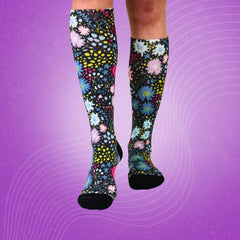
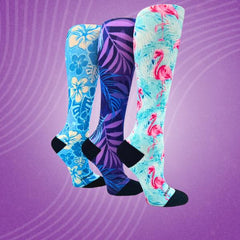
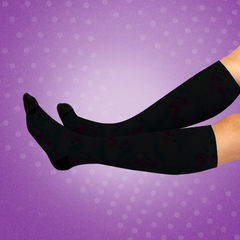
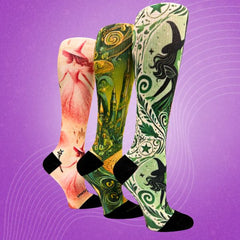
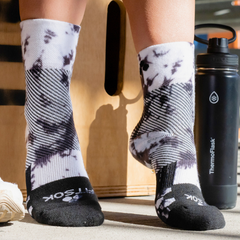






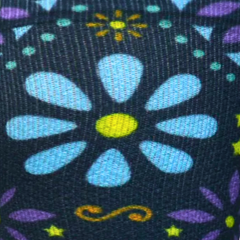
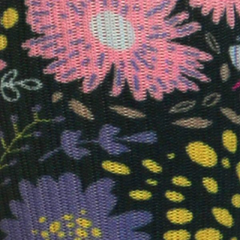


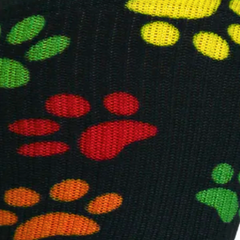
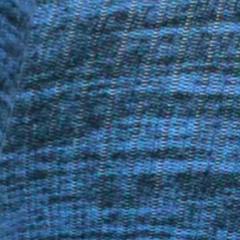



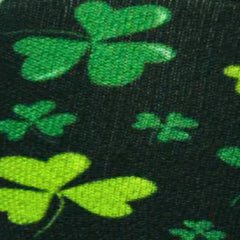
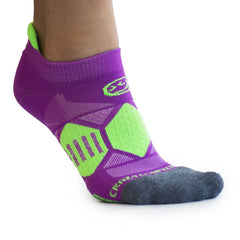
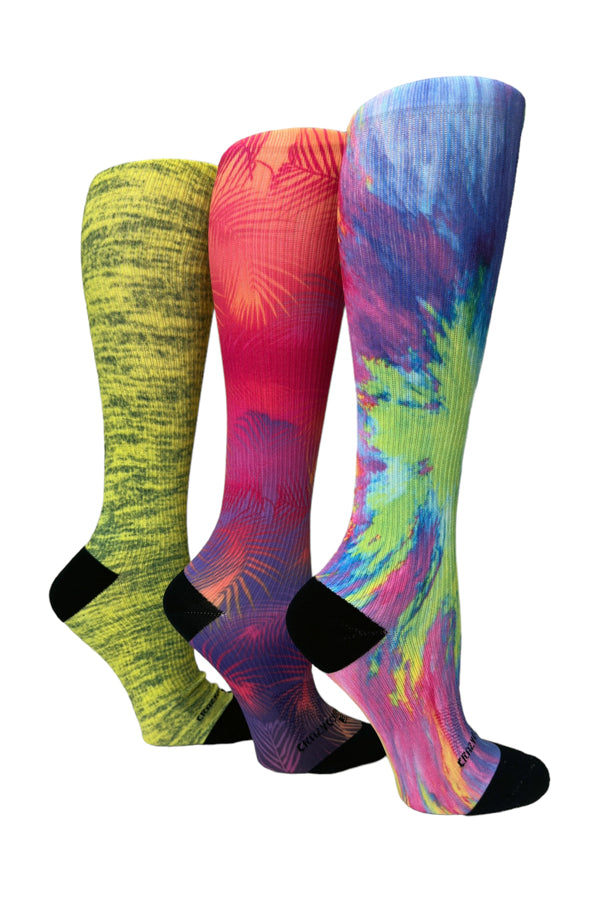
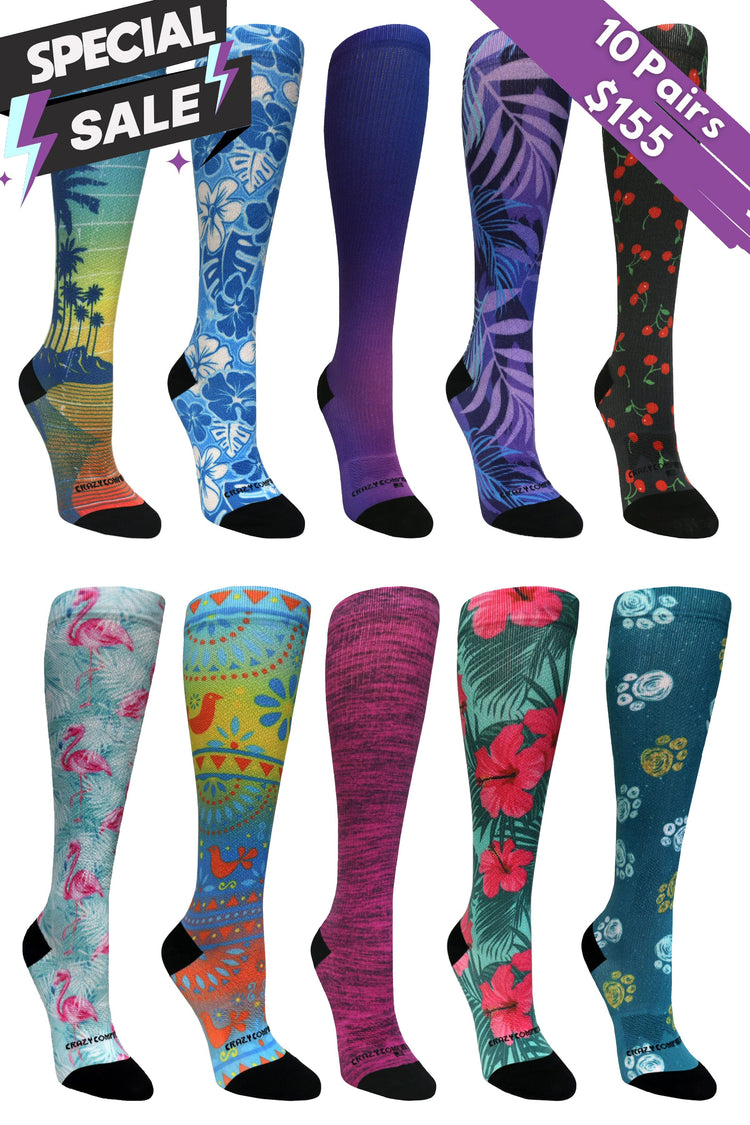
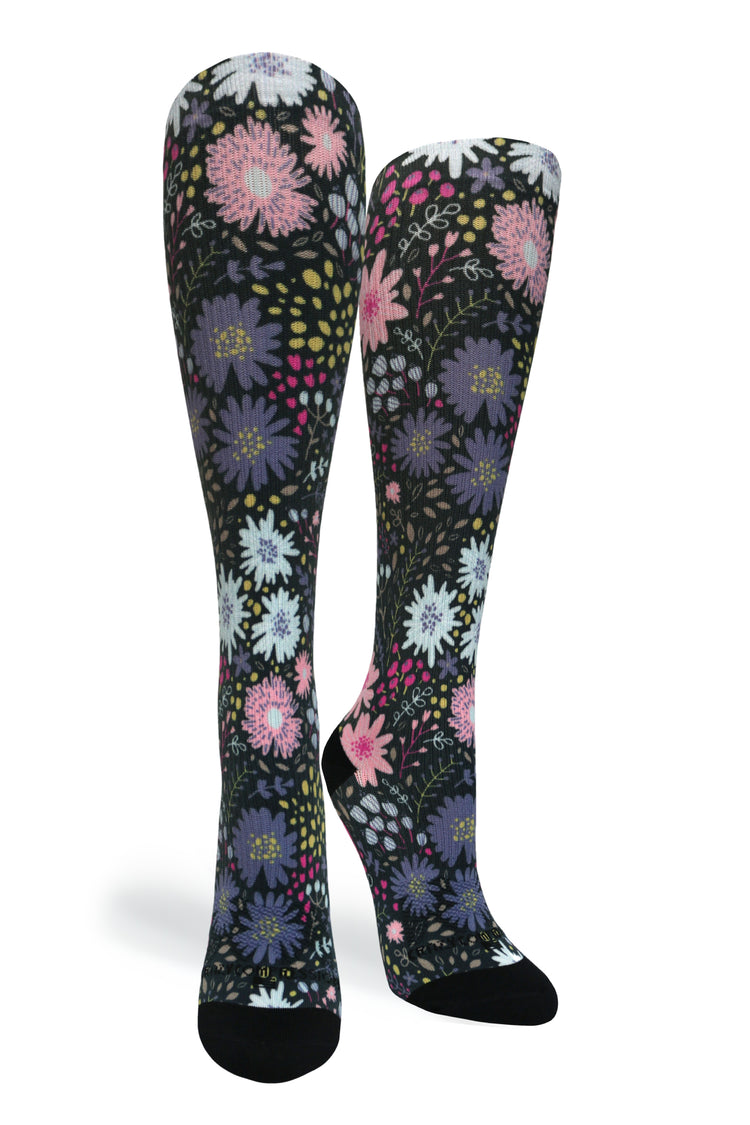

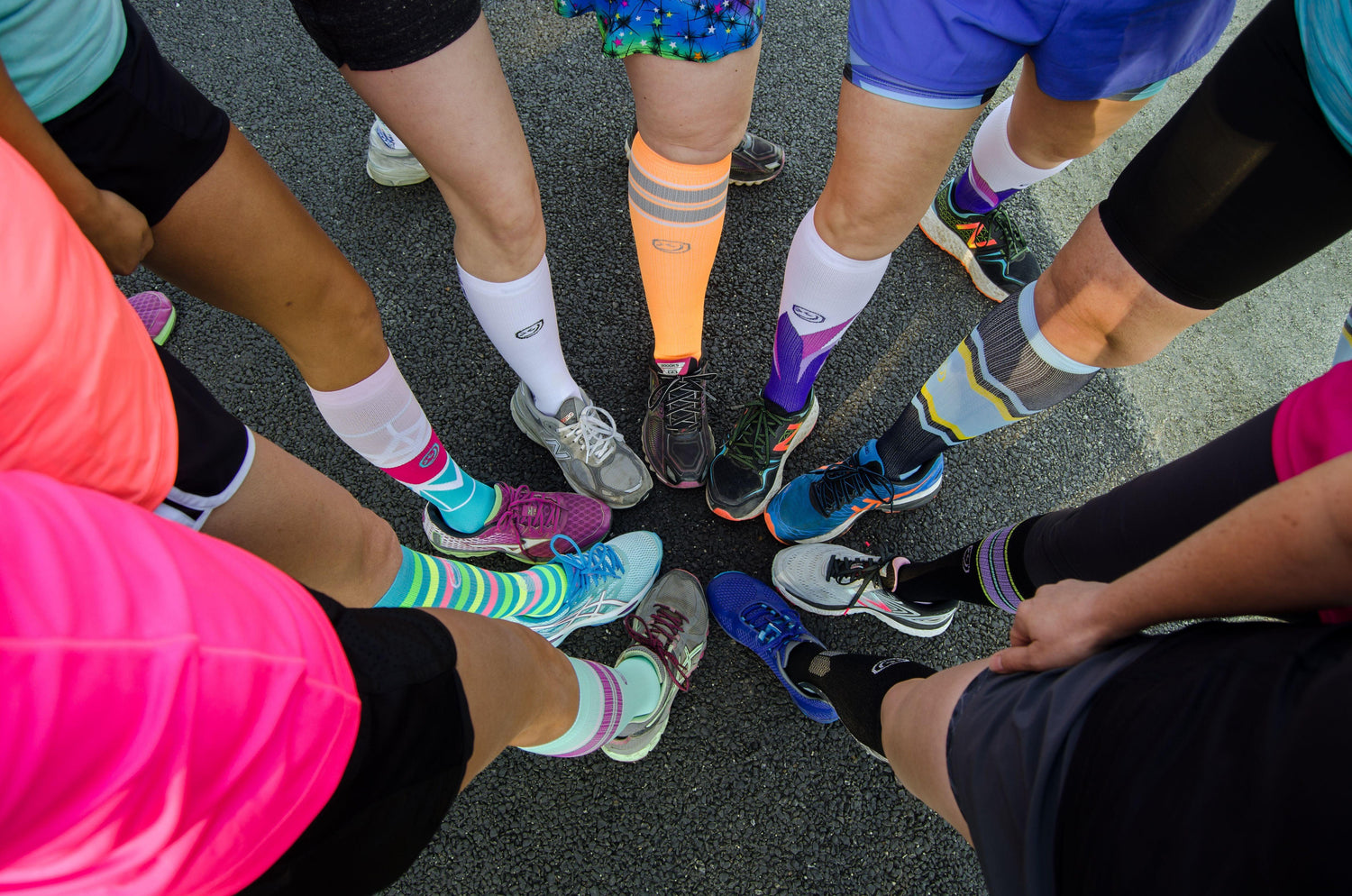
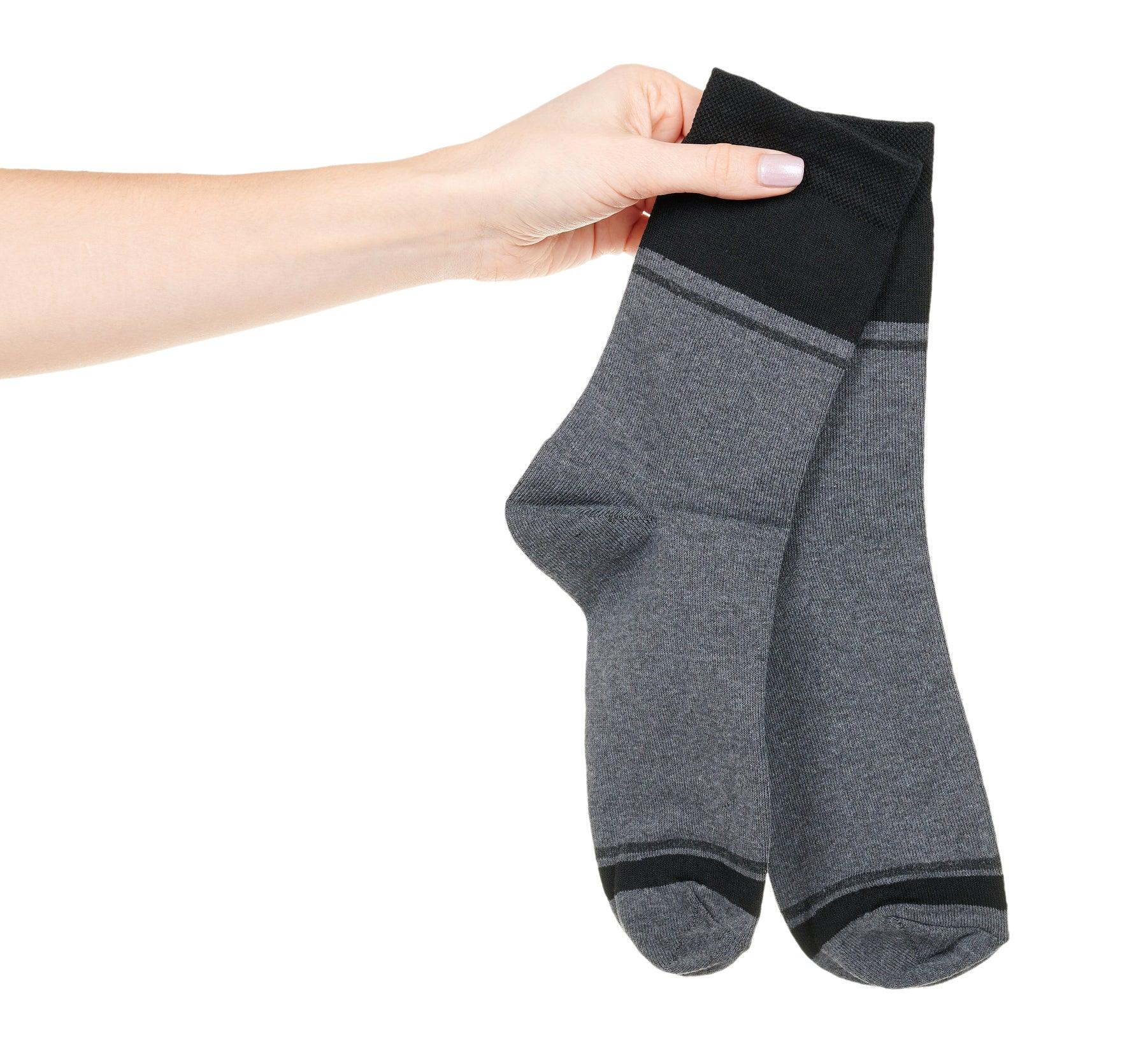

Leave a comment
This site is protected by hCaptcha and the hCaptcha Privacy Policy and Terms of Service apply.